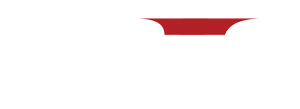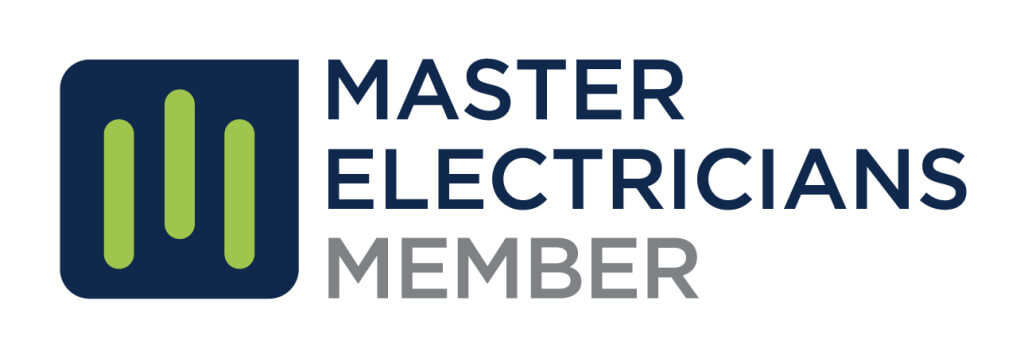Electricians and technicians play important roles in the smoke alarm testing industry, but their responsibilities, capabilities and qualifications differ in several ways.
“About 90% of our staff are full-time licensed electricians,” says Smoke Alarm Testing Services National Operations Manager Amber Mckenzie.
“While all of our technicians are highly trained, our licensed electricians can generally deal with any smoke alarm and the demands of any job right there and then.
“It saves a stack of time, which makes tenants happy.
“And landlords and property managers know they are getting high-quality work that will protect their assets.”
What are the differences in qualifications between an electrician and a technician?
An electrician is a skilled tradesperson who has completed an apprenticeship program and has passed a licensing exam. Electricians are responsible for installing, maintaining, and repairing electrical systems, including smoke alarms.
They have the knowledge and expertise to work on complex electrical systems and to ensure that they are installed and functioning properly.
They also have the ability to tackle more hairy problems and complete them on the spot, thanks to their expertise and because they are licensed to do so.
A technician is a skilled worker who has received specialised training in smoke alarm testing and maintenance. Technicians are responsible for performing routine testing and maintenance on smoke alarms to ensure that they are working correctly. They may also be responsible for troubleshooting and repairing any issues that are found during testing.
“While we have both electricians and technicians working at SATS, we obviously love having such a high number of licensed electricians on our team,” Mckenzie says.
“Having such a deeply experienced team is probably the key difference between SATS and other smoke alarm testing companies.
“Having a huge team of electricians really gives our property manager and landlord clients peace of mind, and it helps make our service more efficient and high quality.”
One obvious key difference between electricians and technicians is their level of education and training. Electricians typically have a more extensive educational background and have completed a formal apprenticeship program, while technicians may have completed a shorter training program or on-the-job training.
Another difference is the scope of work. Electricians have more broad knowledge and responsibilities, including installation and repair of all types of electrical systems. Technicians are more specialised in a certain area, like smoke alarm testing and maintenance.
Both electricians and technicians play an important role in the smoke alarm industry, but they really do have different responsibilities and qualifications
“Both play a part in ensuring that smoke alarms are working correctly and providing the protection that they are designed to provide,” Mckenzie says.
“But we like to think our team really can go the extra mile thanks to their deeper qualifications and experience.”


